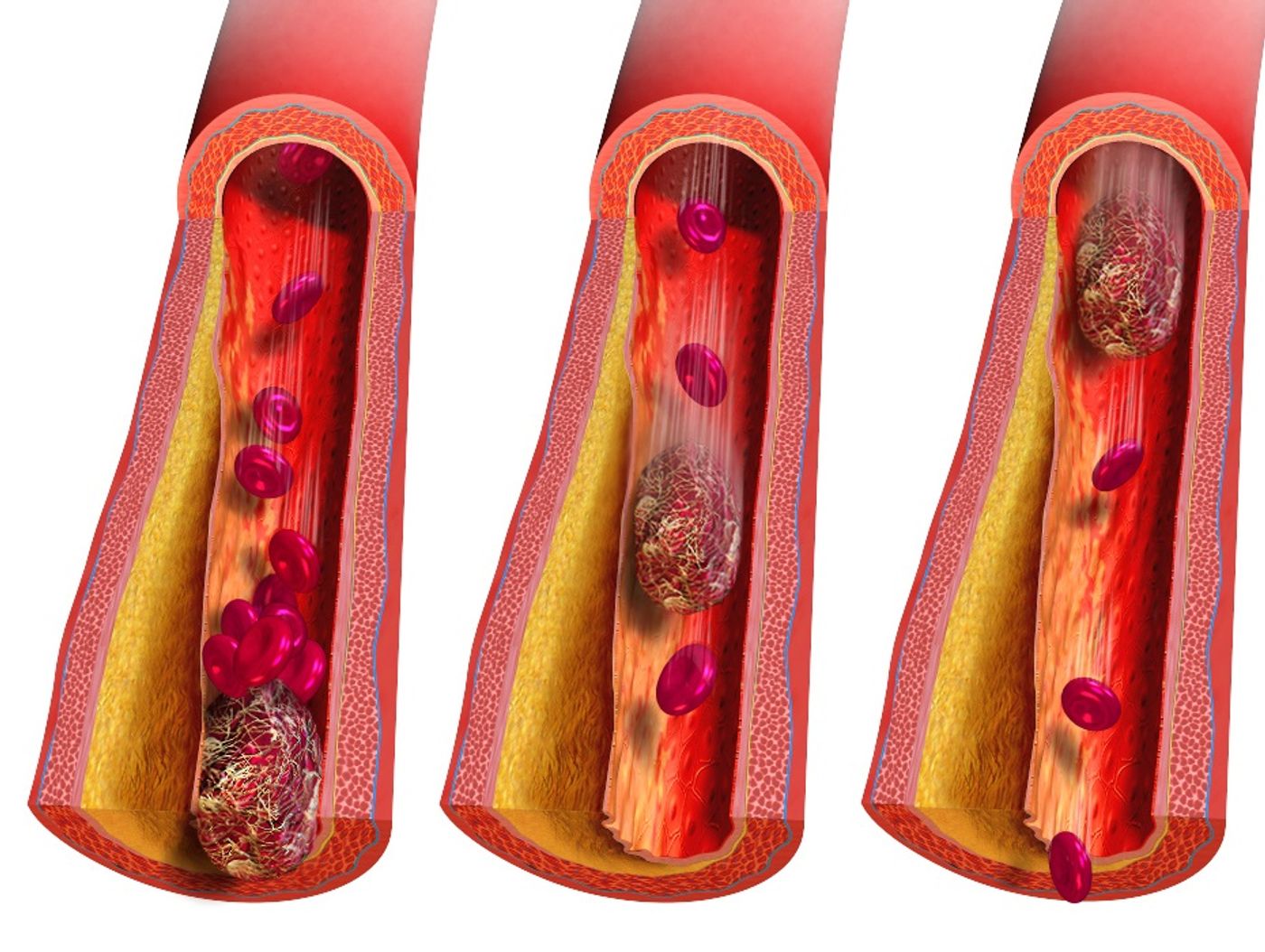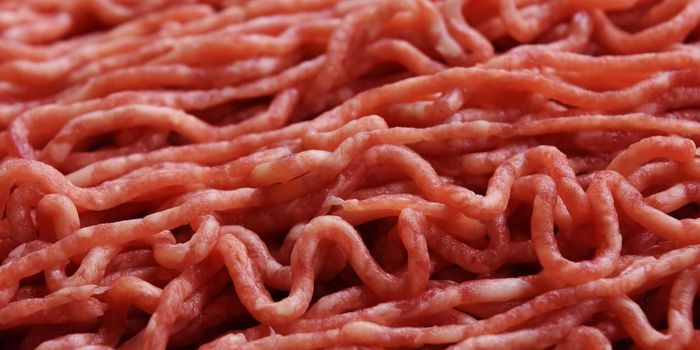Ultrasound "Drill" Dissolves Deep Blood Clots with Impeccable Precision
Dissolving clots deep in the veins has never been easier, thanks to new technology stemming from a collaboration between North Carolina State University and the University of North Carolina at Chapel Hill. Their new ultrasound “drill” dissolves blood clots with better aim than previous approaches.
Deep vein thrombosis (DVT) is a blood clot in a deep vein, usually the lower leg or thigh. This condition is dangerous because the blood clots can become un-lodged in the vessel, traveling as an embolus through the vasculature to the lungs and block the flow of blood, a condition called pulmonary embolism.
The new ultrasound technology dissolve blood clots better than two existing technologies. One relies on lateral emission of ultrasound waves, but damage done is not limited to blood clots; blood vessels are caught in the crossfire. This technique breaks clots into small pieces to prevent the excessive prescription of blood-thinning drugs, as large doses can have adverse side effects.
Another method, the “diamond-tipped drill technique” dissolves blood clots by “chewing” through them. This approach reduces the damage done to nearby blood vessels but results in larger pieces of broken-up blood clot, increasing the need for blood-thinning drugs.
The new technology improves upon the limitations of both of these existing methods. "Our new ultrasound tool is forward-facing, like a drill, but still breaks down clots into very fine particles," explained corresponding author from N.C. State, Xiaoning Jiang, PhD. "Our approach improves accuracy without relying on high doses of blood thinners, which we hope will reduce risks across the board."
The device works via a low-frequency intravascular ultrasound that breaks up blood clots that lead to DVT. An injection tube for microbubbles at the clot site dissolves the clot with extreme precision, reducing damage done to the blood vessel and reducing the amount of time it takes to complete the treatment. Jiang and his team recently tested the ultrasound method in synthetic blood vessels using cow’s blood.
“We could dissolve 90 percent of a clot in 3.5 to 4 hours without using any blood thinners at all," described lead author Jinwook Kim. "That's compared to 10 hours for the combination of conventional ultrasound tools and blood thinners."
The next step is testing in animal models. The researchers have filed a patent, and now they seek industry partners to develop the device.
The recent study was published in the journal Scientific Reports.
Sources: National Heart, Lung, and Blood Institute, North Carolina State University









